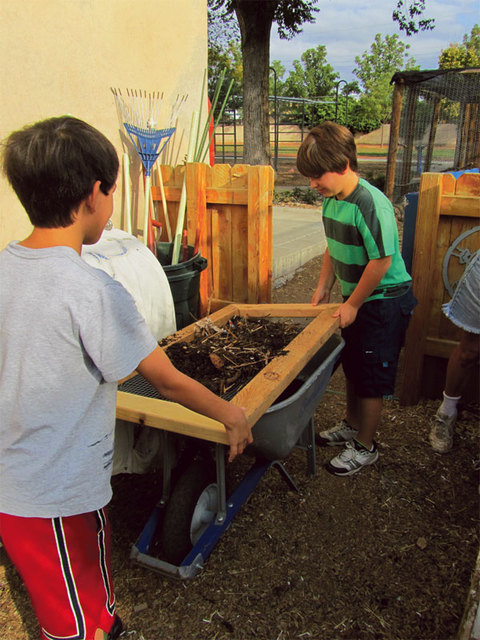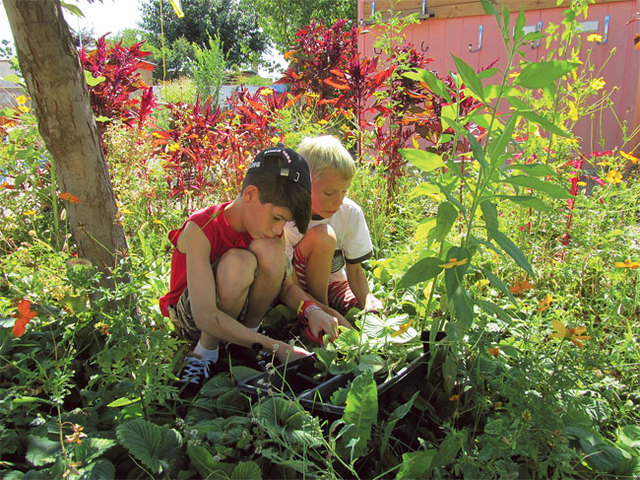Food For Thought: School Gardens Encourage Kids To Make Good Choices
More Than Just Plant Life Thrives In School Gardens


Students sift compost for use in the garden at Escuela del Sol.
Christina Hartsock

School gardens provide hands-on learning outside the classroom.
Christina Hartsock

Instructor Lisa Slavick directs the children in their tasks at Mountain Mahogany Elementary.
Christina Hartsock








